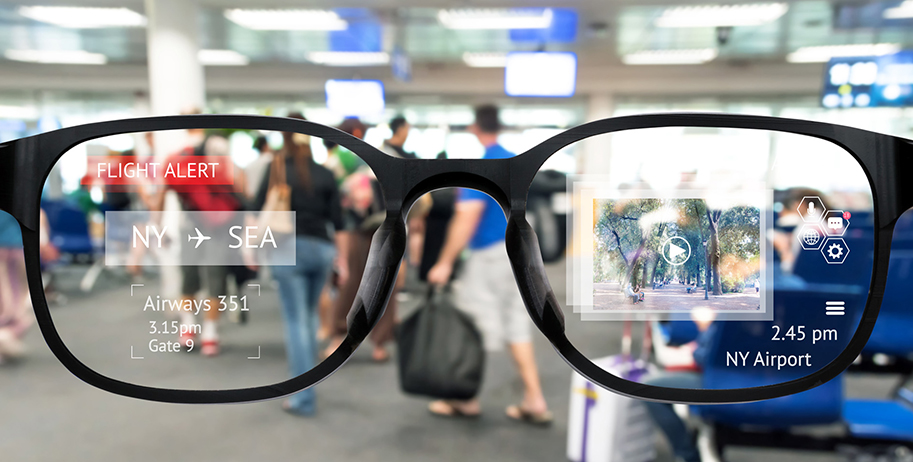5 Reasons Why Augmented Reality (AR) Technology is Not Actively Adopted Yet
Why hasn’t Augmented (AR) Technology become a mainstream despite decades of existence? I have asked myself this question repeatedly.
One of the most trending forms of digital transformation in retail tech today, the Augmented Reality (AR) Technology is not a new concept but it had remained relatively less-ventured until Mark Elliot Zuckerberg ushered in the Metaverse concept by renaming Facebook to Meta (https://www.retailtechnpn.com/sg/is-the-future-of-retail-in-metaverse/) in 2021.
According to the history timeline of AR technology, the earliest functional AR systems that provided immersive mixed reality experiences for users were invented in 1992. So, unless you have been living reclusively, you would realise that the AR technology has already been used in entertainment, retail and other industries for three decades.
In this article, we seek to understand the difficulties faced and summarized our conclusion into the following 5 reasons:
-
-
Hardware cannot meet demands
-
AR is currently used on mobile devices. However, the human eye field of view is around 124 degrees wide. A fully immersive experience would require a wider degree of view which the flat screen of mobile devices is unable to provide. Other devices such as smart displays which can fulfil this demand were deemed to be inconvenient for carrying around. As such, they can only be used as fixed display. Currently, the best AR glasses technology is still immature and is very high in cost. Both Google and Microsoft had released their individual versions of smart glasses in 2013 and 2016 respectively. As the price tags of these glasses are as high as US$1,500 and US$3,000, they are now mainly used in military, medical and industrial design.

-
The cost of identifying objects with accuracy and 3D modelling is extremely high
The road for digital transformation isn’t smooth as it seems. Real life objects respond differently to the elements, lighting, temperature and environment. These varying factors poses a challenge in the accuracy and is costly to reproduce in AR technology.

-
Lack of interaction with AR models
Firstly, production of 3D models is costly. Most often than not, the high cost of production limits the users to a less than satisfactory experience where they can only view but not interact with or manipulate the 3D model despite large efforts have been put in to produce it (which is not helpful in educational or child’s development). Being restricted from reshaping a model and the inadequacy of existing technology are also some hindering factors we need to look at.
-
ROI of AR Technology cannot be directly converted into dollars and cents
Returns of investment (ROI) may be difficult to account for when AR Technology is used for marketing and training purposes. While it can enhance how we communicate, entertain ourselves, and solve problems, the ROI may be in the form of information, knowledge and skills which cannot be calculated directly. This may bring about decision-making difficulties for investors.
-
Virtual assets are not in abundance
AR Technology is the link bridge that connects the real world and virtual world. Only when there’s adequate and valuable virtual assets being released, people can then introduce virtual assets into the reflective world. Demand for AR Technology will eventually fade away if the virtual world is only a reflection of the real world. Nevertheless, as mentioned in our previous article (https://www.retailtechnpn.com/sg/making-the-way-into-retail-innovation-is-nft-the-next-big-thing/ ), NFT is developing rapidly. As such, virtual assets would be more valuable in future.
With the development of hardware and software technology, we foresee AR Technology to be the next level of digital transformation and will inevitably gain wider use in retail tech. Perhaps the much-anticipated Apple AR Glasses will be the next window of opportunity.
NPN Tech – Leading Tech-Enabled Marketing Solutions Partner
At NPN Tech, we go beyond being a technology company. We are the leading tech-enabled marketing solution partner, leveraging cutting-edge technologies such as AI, AR, MR, XR, Volumetric video and Holographic. We are committed to drive industry transformation through innovative approaches. In today’s highly competitive landscape, we create innovative solutions that empowers businesses to differentiate themselves and leave a lasting impact.
Contact us today to learn more about how we can help you succeed with tech-enabled marketing solutions.













